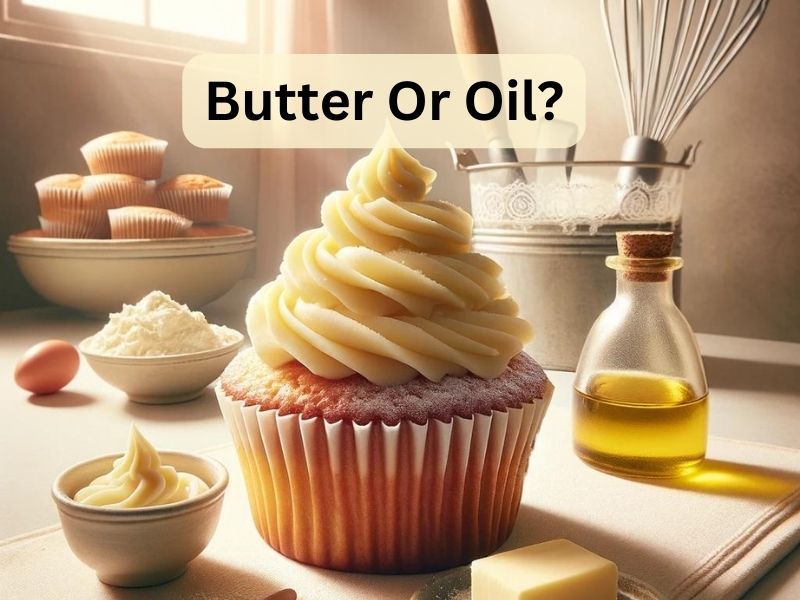There is no one right answer. Both butter and oil can make delicious cupcakes – it just depends on the recipe and your personal preferences. Oil creates a moister, more tender crumb, while butter bakes up lighter textures with richer flavor. You can even mix both fats to get the moisture from oil and the flavor from butter. After comparing both baking fats, you’ll find the best choice comes down to the cupcake type you want to make and what texture and taste you like. Oil is a great choice when going for maximum moisture, like in carrot cake or dairy-free recipes, while butter gives lightness for classics like vanilla and chocolate cupcakes. The most important thing is experimenting to see what you like best.
A Closer Look at Butter and Oil
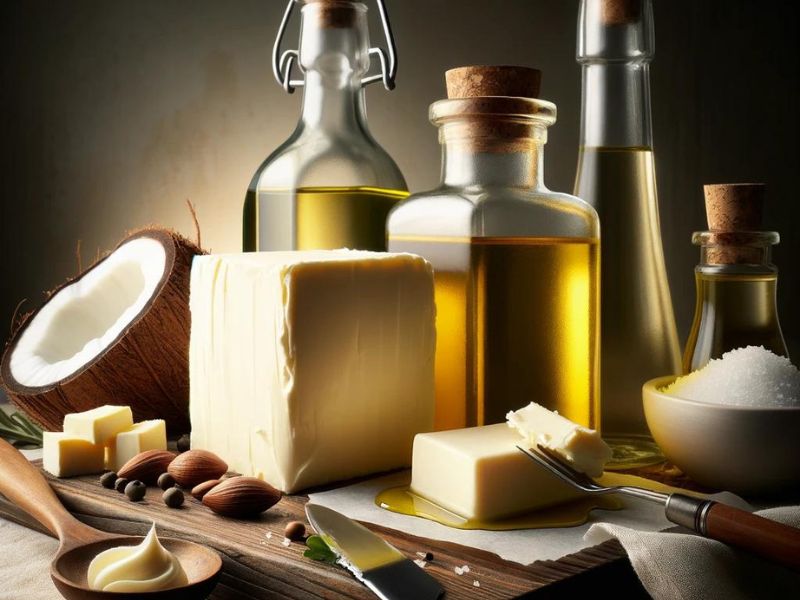
Butter and oil are two very common ingredients in baking cupcakes. Of course, most recipes call for one or the other. So when should we use butter versus oil? Let’s remove any confusion by taking a closer inspection of how these popular baking fats are different.
Each one contributes fat to our treats in its own way. Butter provides fat that is more saturated. This saturated fat helps cupcakes get that soft, spongy crumb we want. Oil has healthier unsaturated fats instead. Adding oil ensures moisture gets locked into the batter for cupcakes that stay tender for longer.
Now we can see why swapping butter and oil leads to totally different chocolate cupcakes! Butter gives that rich taste and airy texture best for frosting-topped treats. Meanwhile, oil creates very moist chocolate cakes that pack a dense, fudgy bite.
By understanding what makes butter and oil unique, we remove the mystery of how to get delightful cupcakes. Butter shines when aiming for fluffiness and decadent flavor. Oil succeeds by keeping cakes extra moist and durable for snacking over several days.
To understand why fats and oils are important in baking and how they contribute to the texture, moisture, and flavor of your baked goods, read this article on “Why is it Necessary to Use Fats and Oils in Baking?”
🧁 Butter vs. Oil in Cupcakes: A Sweet Comparison 🧁 |
||
|---|---|---|
| Aspect | Butter | Oil |
| Texture | Lighter, Fluffier | Moister, Denser |
| Flavor | Rich, Buttery | Neutral, Enhances Add-ins |
| Moisture | Moderate | High |
| Best Used For | Vanilla, Chocolate, Light & Fluffy Cakes | Carrot, Dairy-Free, Moist & Dense Cakes |
| Brought to You by wearebaking.com | ||
Butter’s Flavor Shines Through
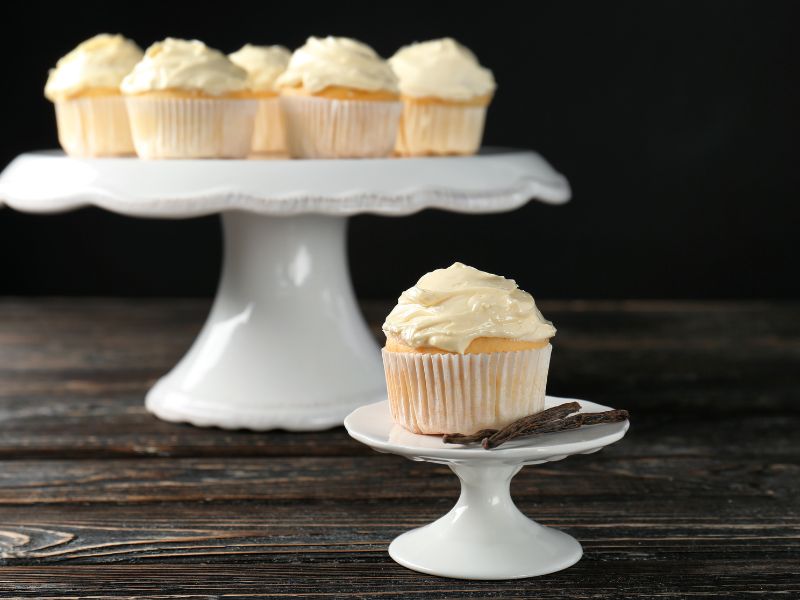
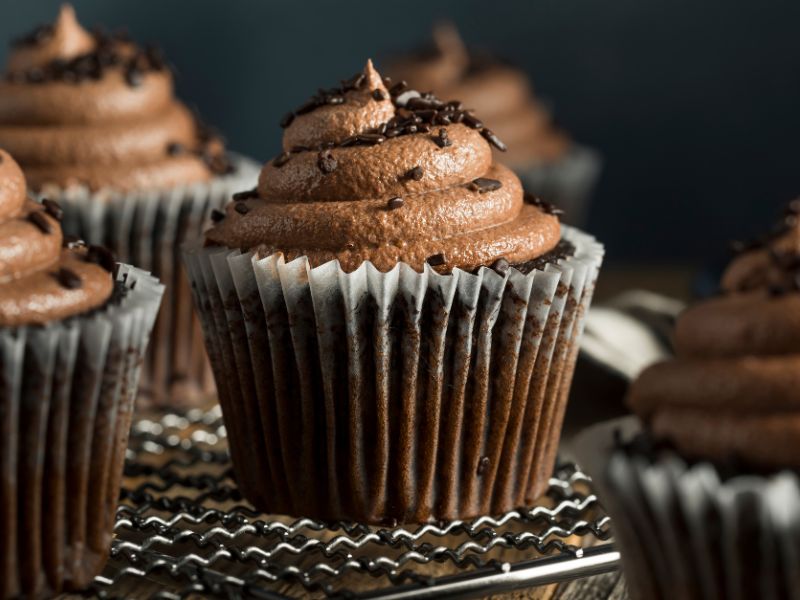
Butter may cost a bit more than oil at the store. But when it comes to making tasty cupcakes, it’s worth every penny! There are some recipes that just demand real butter for exceptional flavor and texture.
For starters, you can’t achieve true high-quality vanilla or yellow cupcakes without the flavor butter provides. Treats like these highlight butter’s rich dairy flavor. Pair them with buttercream frosting for maximum buttery taste and delight.
Even for chocolate sweets, butter makes cupcakes and cakes more indulgent. That’s because butter contains tiny water droplets that get whipped into the batter during mixing. This gives chocolate baked goods an incredible lift, making them lighter in texture, with each portion melting away effortlessly on your tongue.
Oil Keeps Cupcakes Ultra Moist
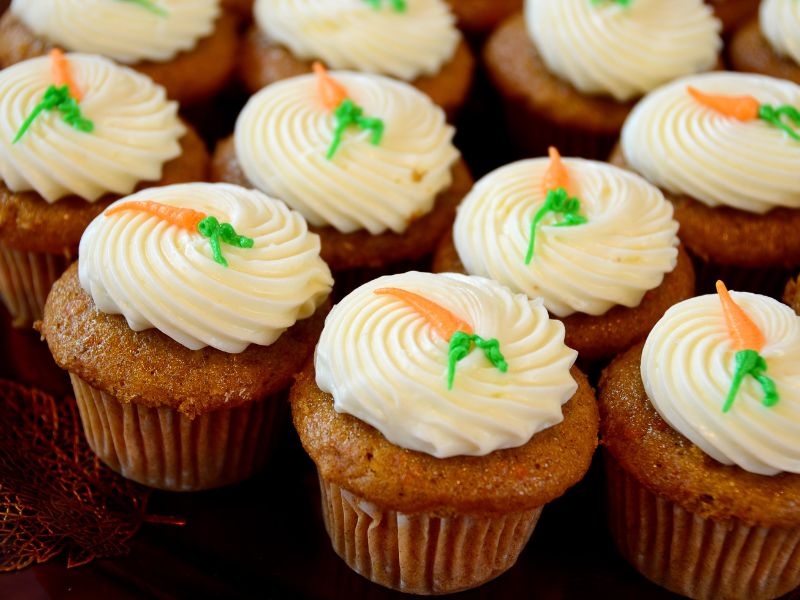
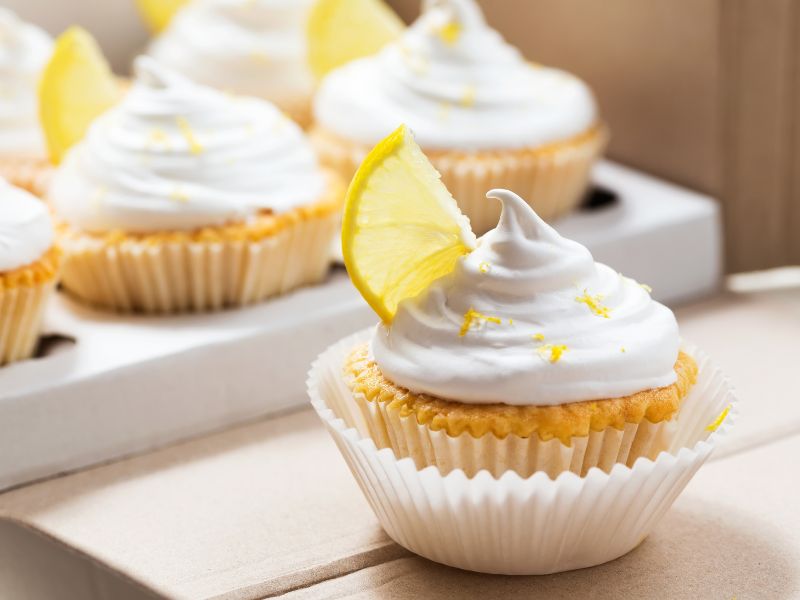
While butter takes top honors for flavor, oil certainly earns gold for moisture! Choosing oil instead allows you to make deliciously damp treats that stay soft for snacking over several days.
Carrot cakes and other vegetable-based cupcakes work better when made with oil rather than butter. That’s because oil’s unsaturated fats keep these naturally dense bakes extra tender. The same goes for citrus-flavored sweets where freshness counts. Cupcakes made with oil lock in citrus flavor and moisture better, so lemon and orange tastes stay vibrant with every bite.
Oil is essential when whipping up eggless, vegan, or dairy-free cupcakes. Recipes without animal fats rely on oil’s creamy moisture and stable texture to still taste pleasant. Generally, vegetable or canola oils work best to replace butter one-to-one here. Melted coconut oil can also be used for a cool, dairy-free twist.
Oil does not provide the rich, signature butter taste. But makes up for that with its ability to produce incredibly moist and tender cupcakes that you can munch on guilt-free.
Mixing Butter and Oil Together
Butter and oil each have their strengths. Is it possible to get the best of both fats in one cupcake? The answer is a big yes!
Combining butter and oil allows you to achieve treats with great flavor AND moisture. Even using a 50/50 mix makes cupcakes taste butterier while staying soft, thanks to the oil.
When replacing some butter with oil, it’s key to first cream the remaining butter extremely well on its own. That ensures enough air still gets whipped in before mixing in the oil. You can swap oil for 25% or 50% of the butter without affecting the lift too much. But take care not to eliminate butter entirely if your recipe depends on it for airiness.
The best part about combining fats? You’ll satisfy bakers whether they prefer butter’s flavor or oil’s softness. It’s a surefire way to satisfy everyone with one easy recipe!
Answering Your Most Common Questions
By this point, you probably still have some burning butter vs. oil questions. Let’s tackle a few of the most frequent head-scratchers:
What if I don’t have any butter or oil on hand when baking?
Luckily, you have good substitute options for both! Unsalted butter can often be replaced with coconut oil or neutral-flavored vegetable shortening in a 1:1 ratio. For oil, applesauce and mashed bananas make great additions to keep moisture levels steady.
How does choosing butter or oil impact what frosting pairs best?
Butter is fantastic, matched with classic buttercream or ganache. Meanwhile, oil cupcakes shine when topped with dairy-free frostings like vegan coconut cream or a fresh fruit puree.
Are some cupcake types just better suited for one fat over the other?
Yes – carrot, zucchini, or other veggie cakes do best with oil. Most bakeries use all butter when baking classic chocolate or vanilla batters. But you can test both in any recipe that sounds good!
Final Thoughts
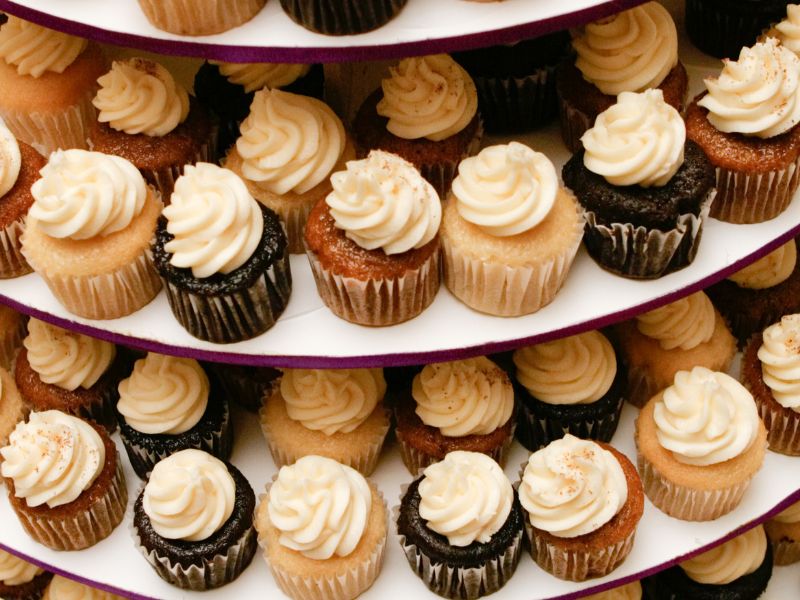
After breaking down butter versus oil and all their baking powers, what’s the final verdict on which makes better cupcakes? The truth is – there is no singular right choice!
The “best” fat for cupcakes comes down to your personal priorities. Do you like bold flavor or lasting moisture more? Does restricting dairy limit your options? Are you baking for a special event or casual snacking?
Every baker will have their own butter or oil preference depending on the recipe, techniques, and tastes involved. The most important thing is to experiment with both. Experiment to find which combination of oil and butter creates your perfect homemade cupcakes.
Whichever ingredients you decide on, be proud of the treats you bake! Part of the fun of home baking lies in adjusting cupcakes exactly how you want them by experimenting with butter, oil, or both.
I would love to hear about your go-to cupcakes! Share your favorites made with butter, oil, or a combo of both. Please leave me a comment below
And As Always
Keep On Baking!
Taianne
Share the Love

I’m Taianne, the owner and operator behind We Are Baking. Baking my first cake at age 11 hooked me on creating sweet treats. Though my interest faded during childhood, it was rekindled when I married my apple pie-loving husband. I love trying new recipes, tweaking classics, and helping others learn the science and art of baking. I started We Are Baking to share tips, tricks, and favorite recipes I’ve discovered over the years. When not in the kitchen, I enjoy spending time with family and friends. My goal is to inspire others to embrace their creativity through baking. Feel free to contact me with any questions!
Taianne@wearebaking.com

